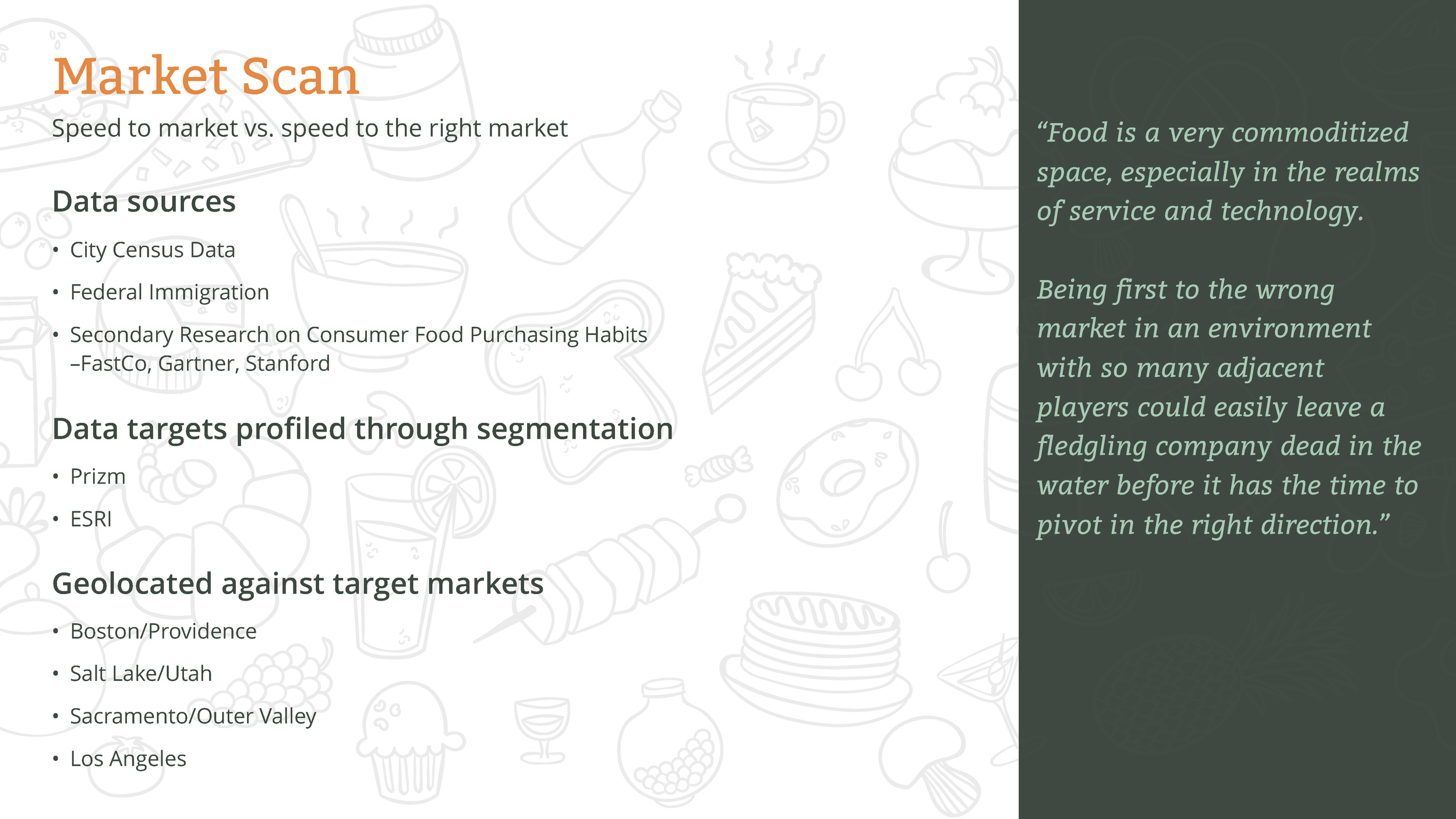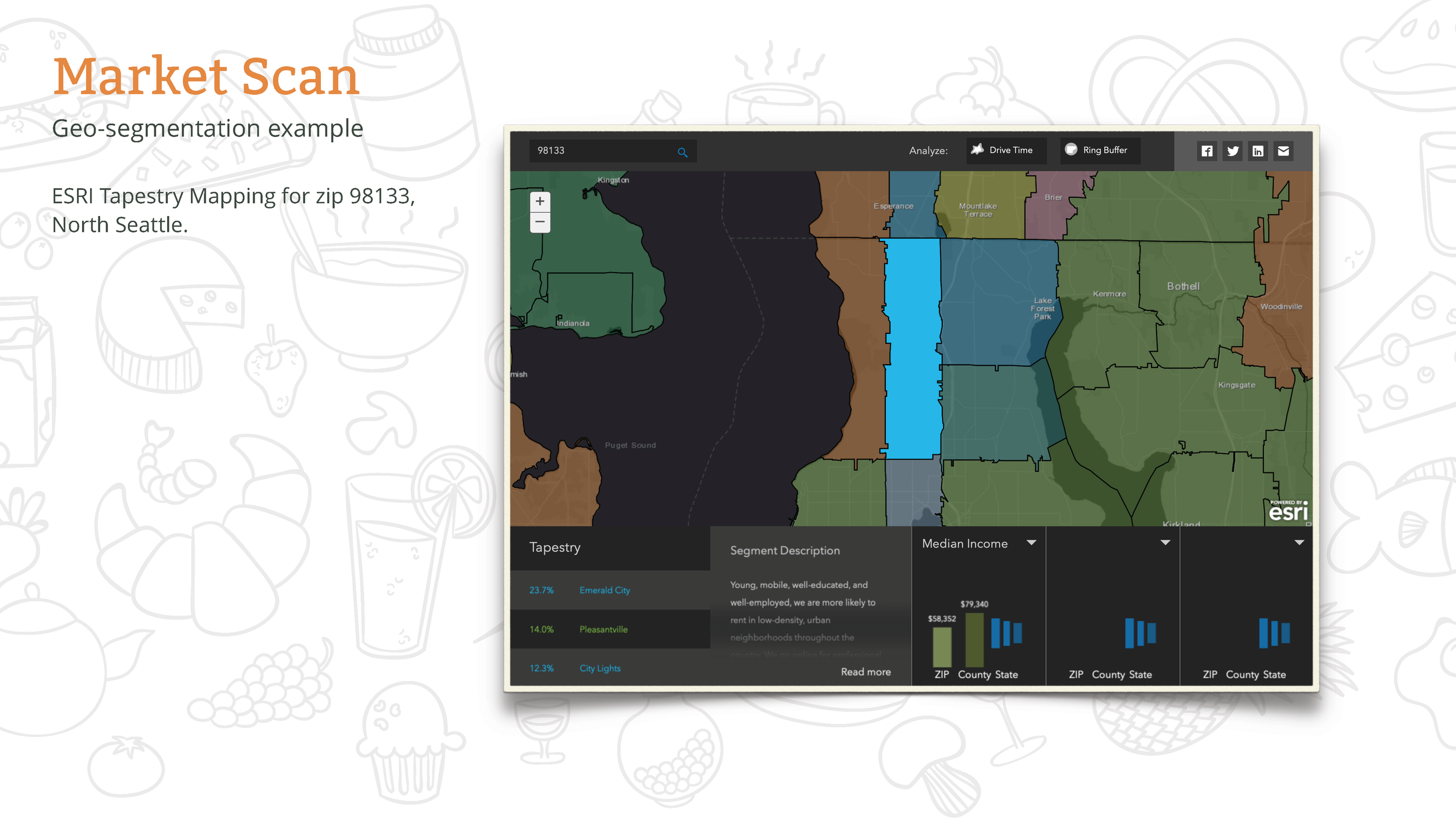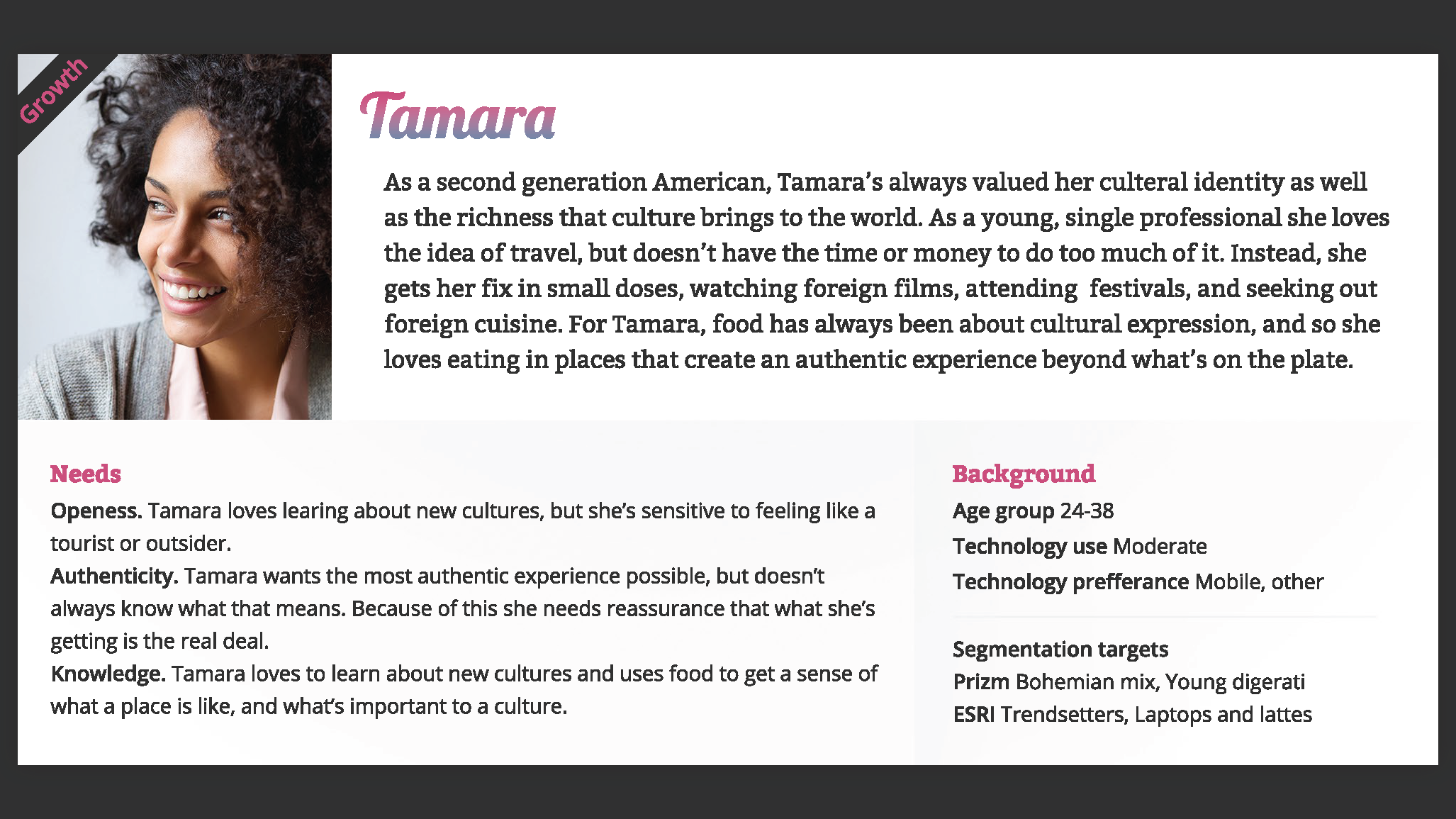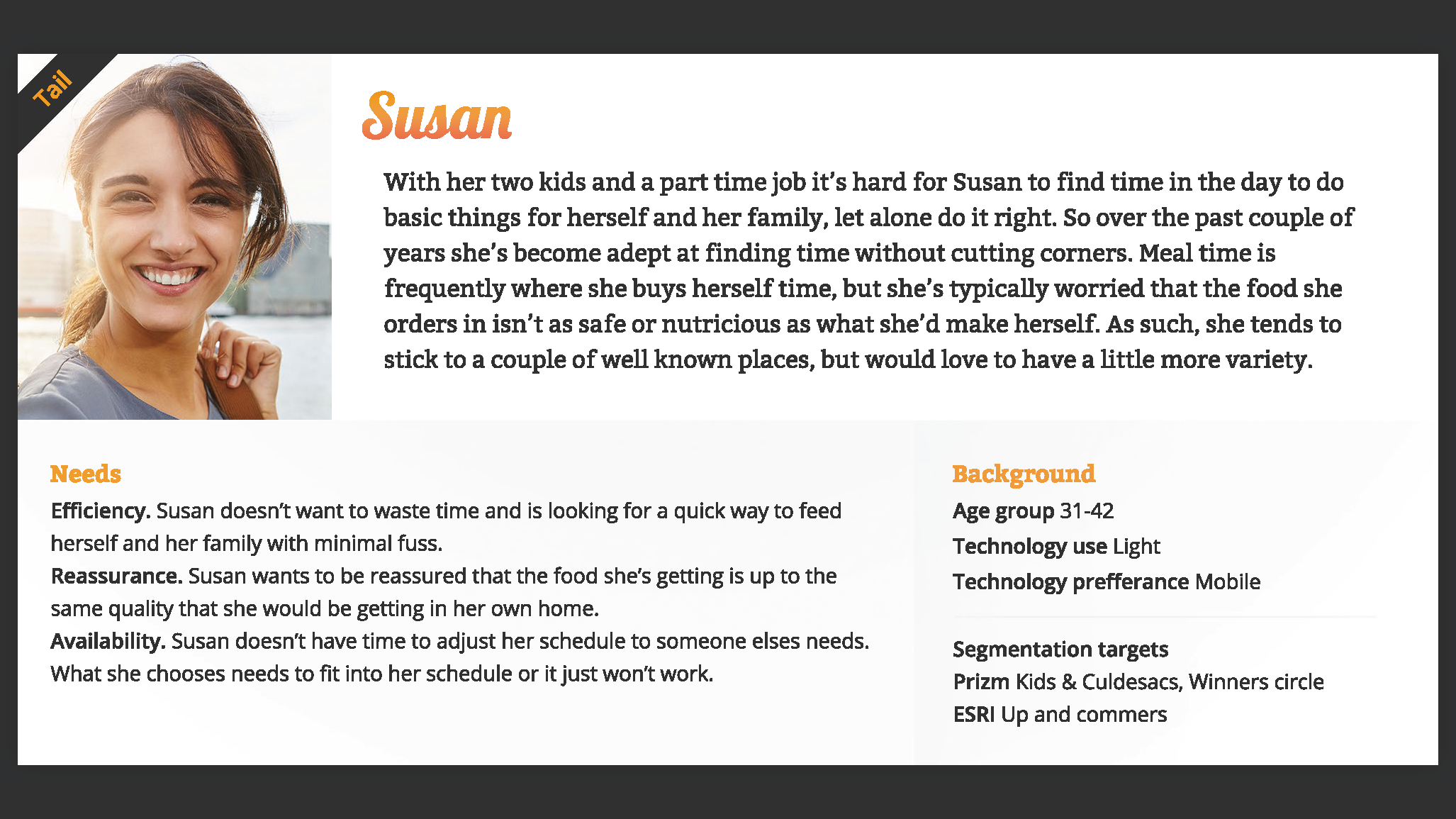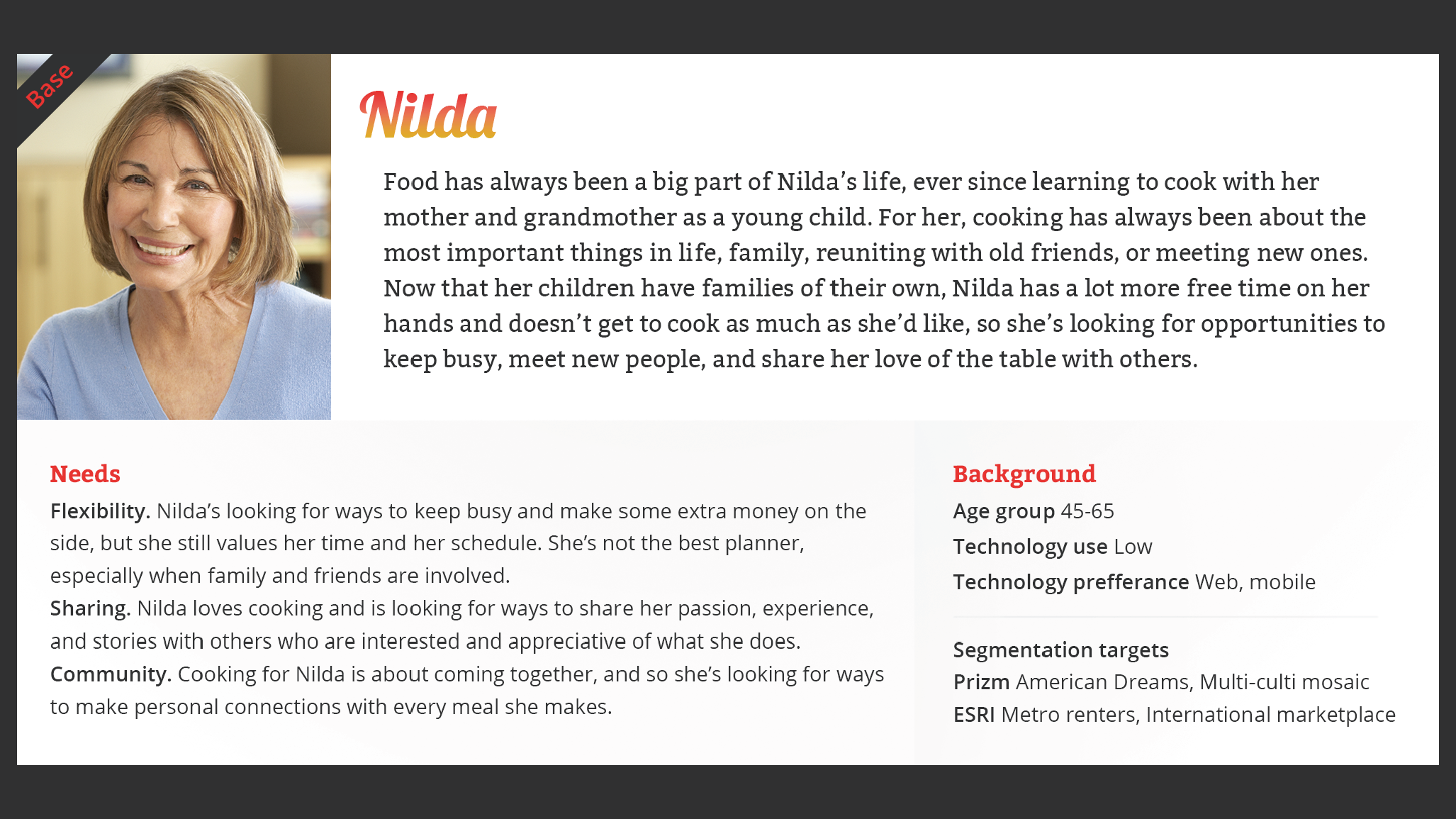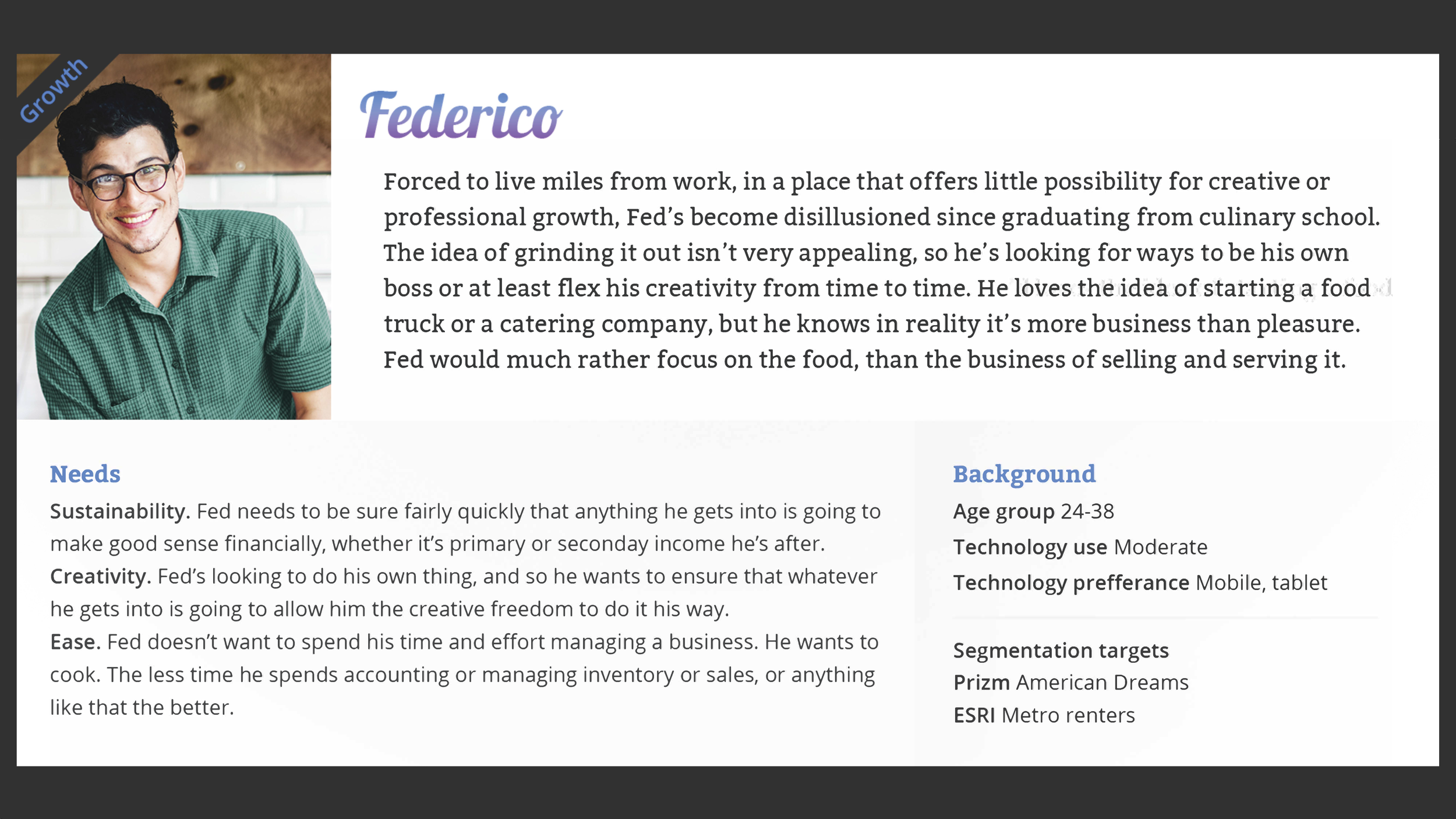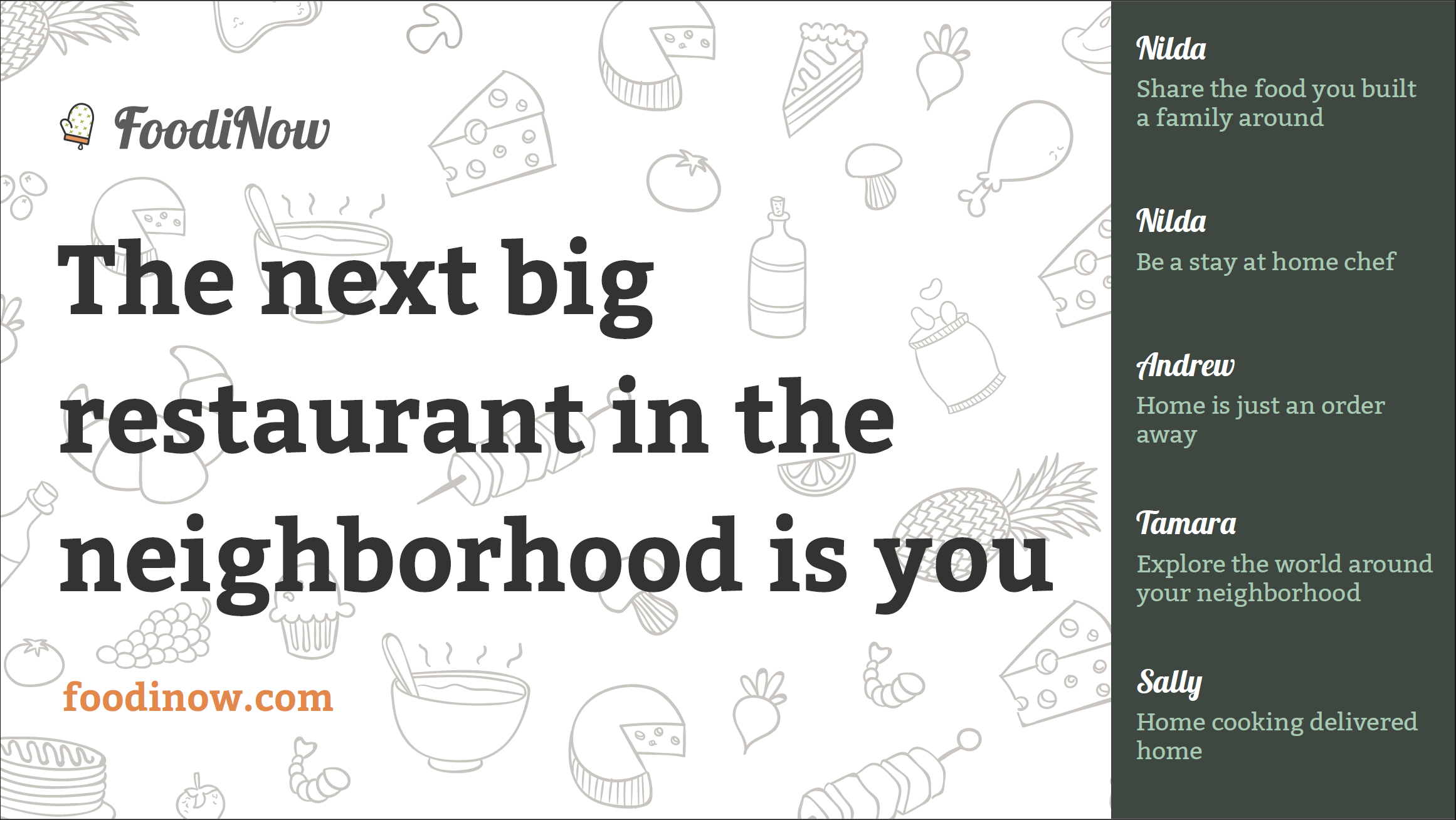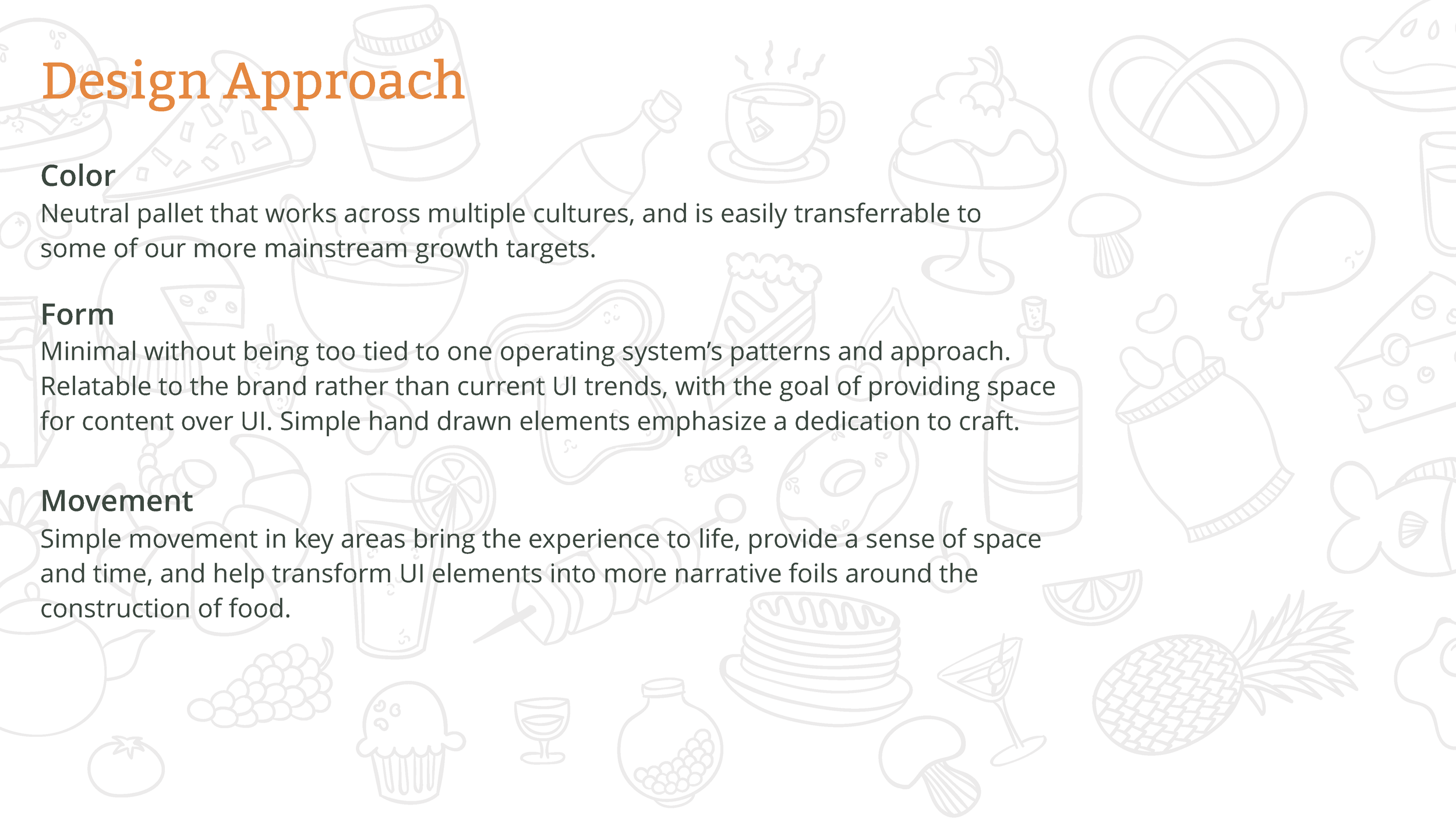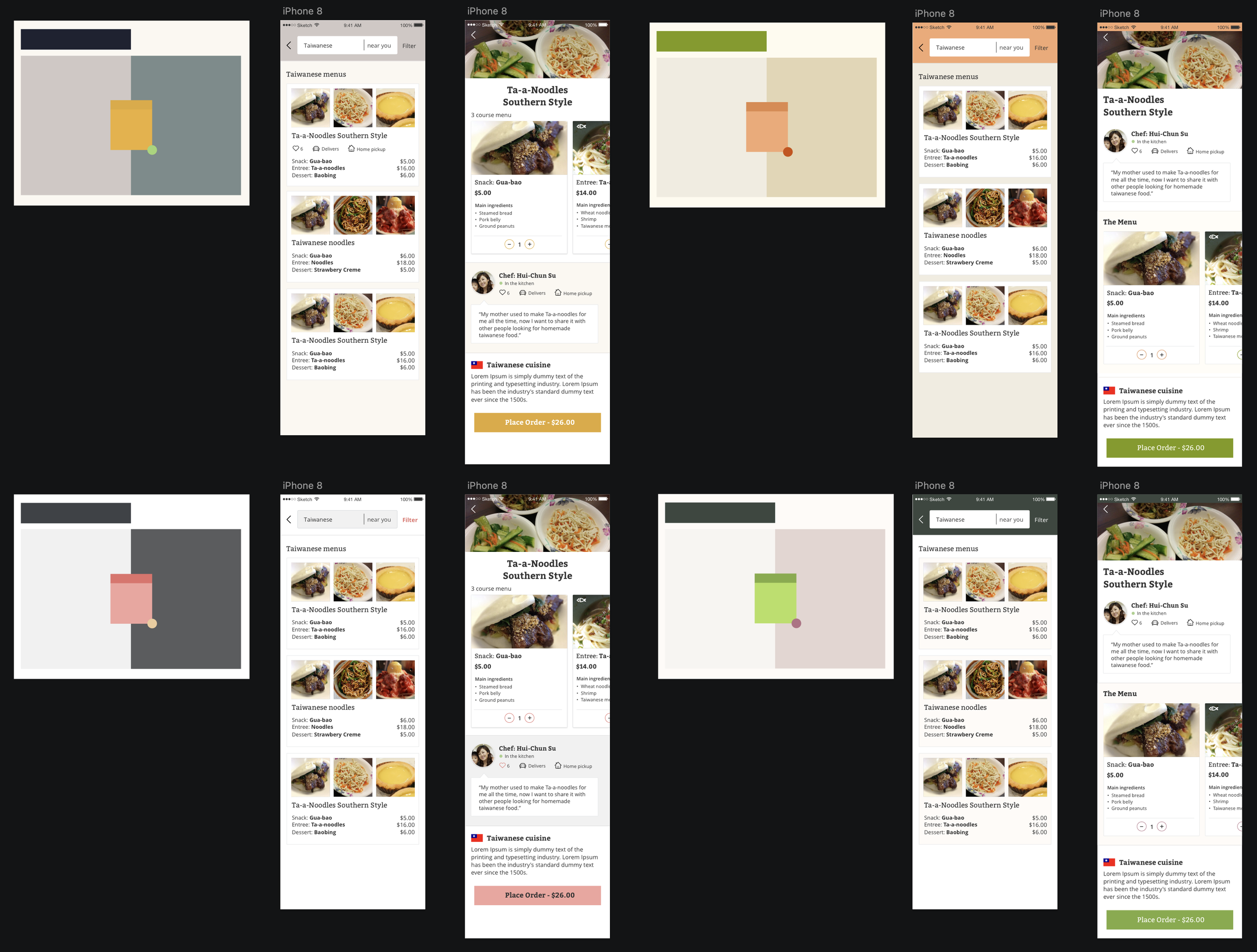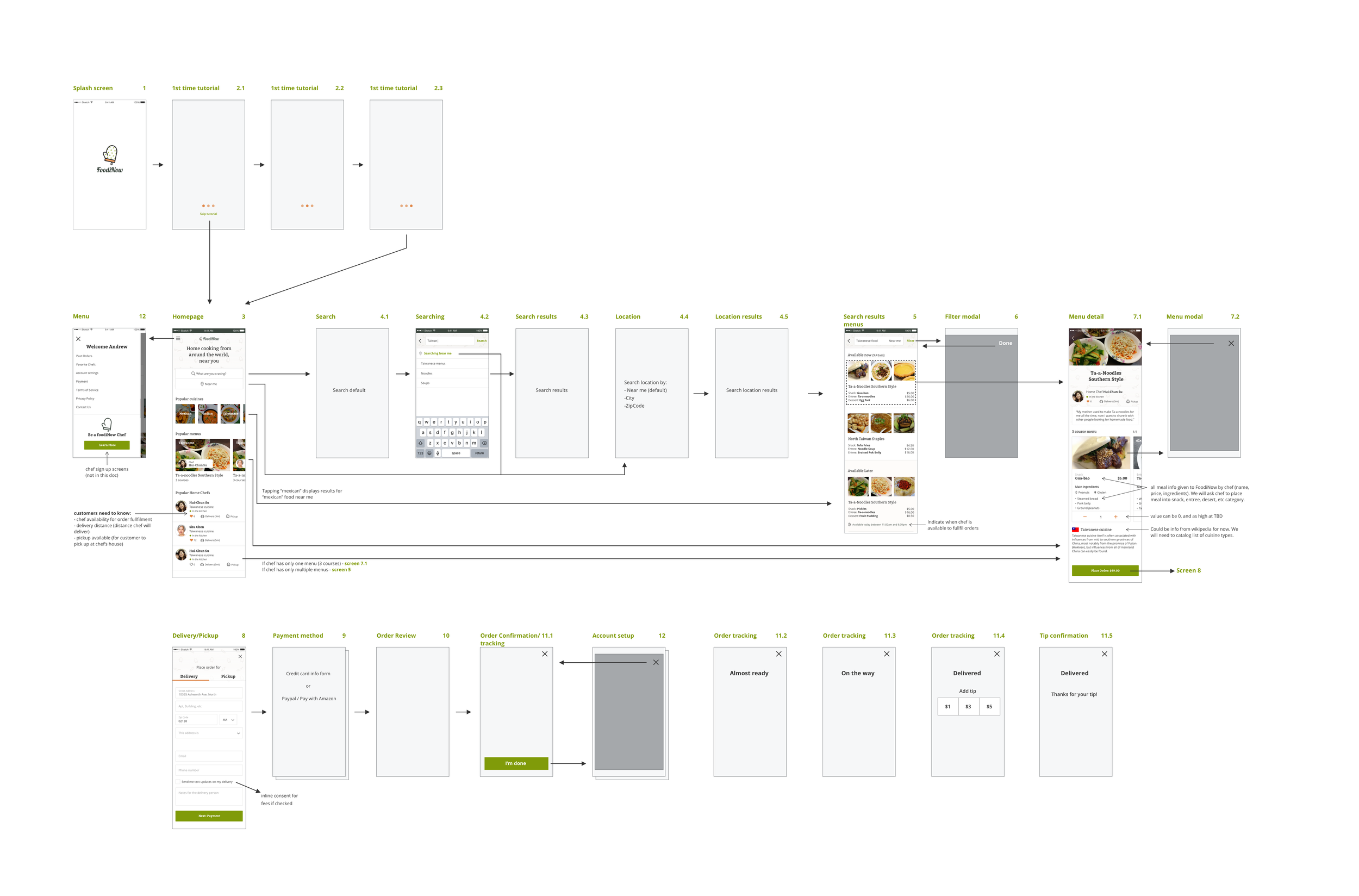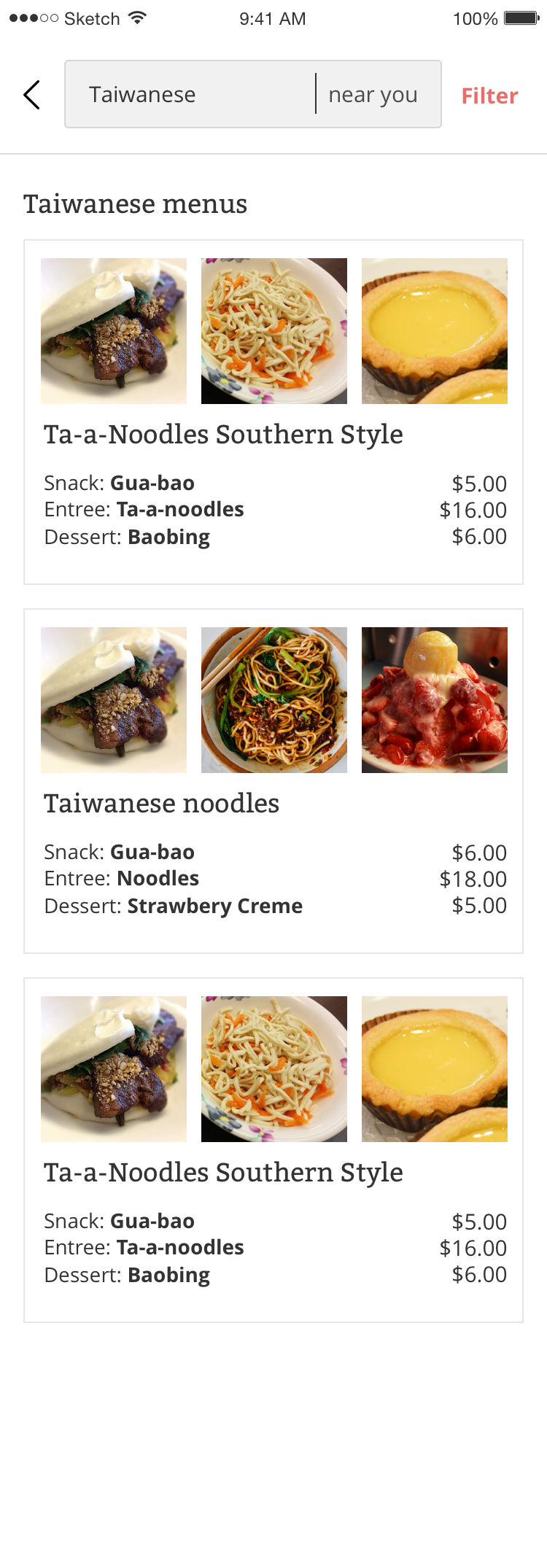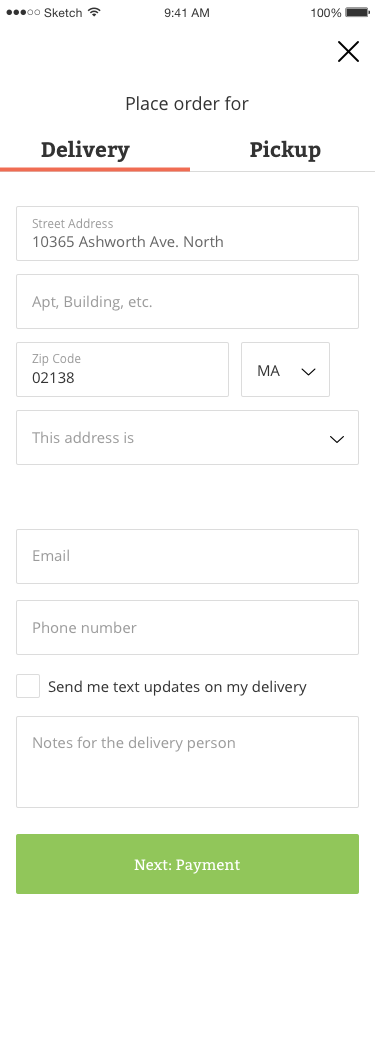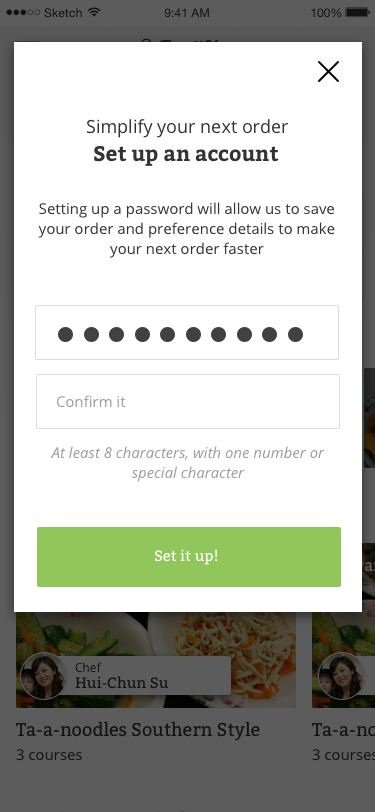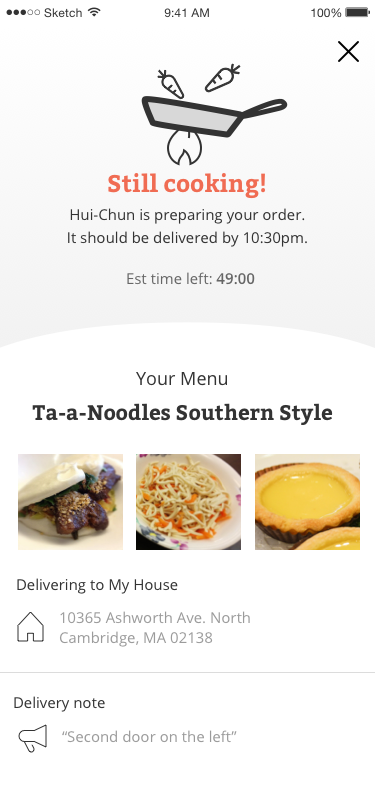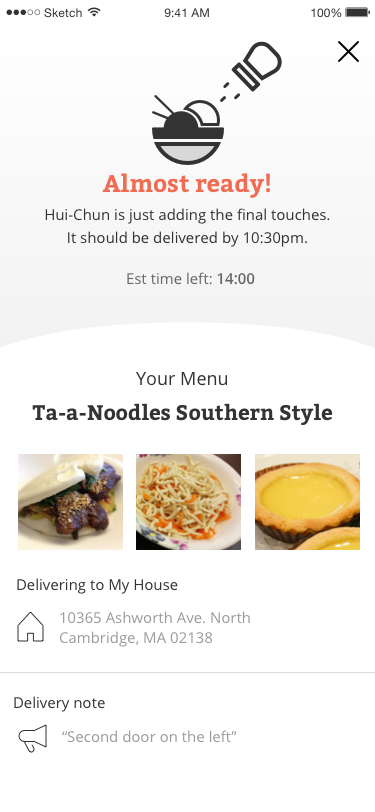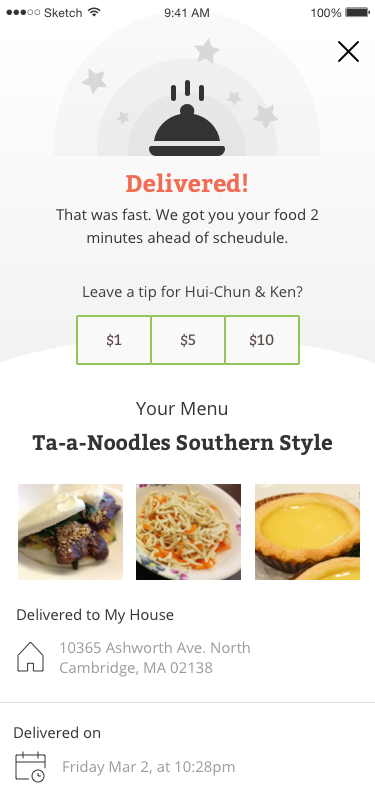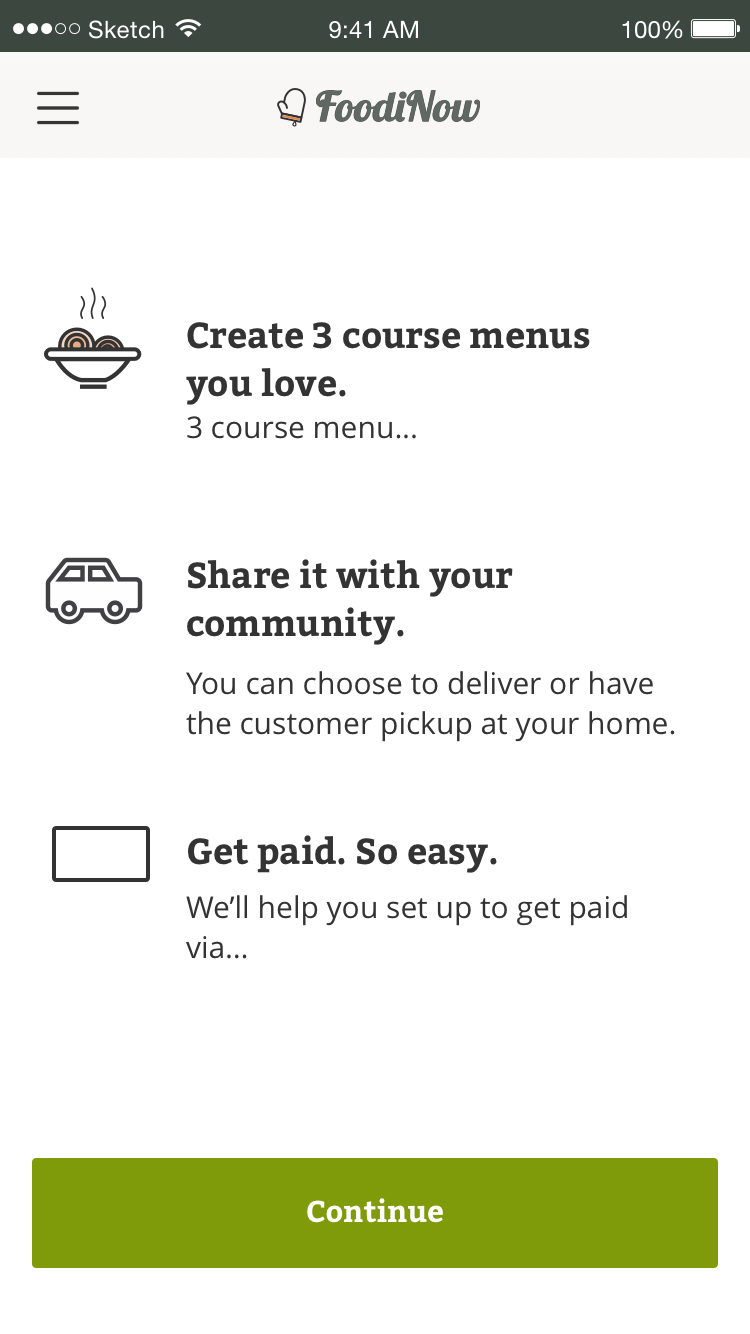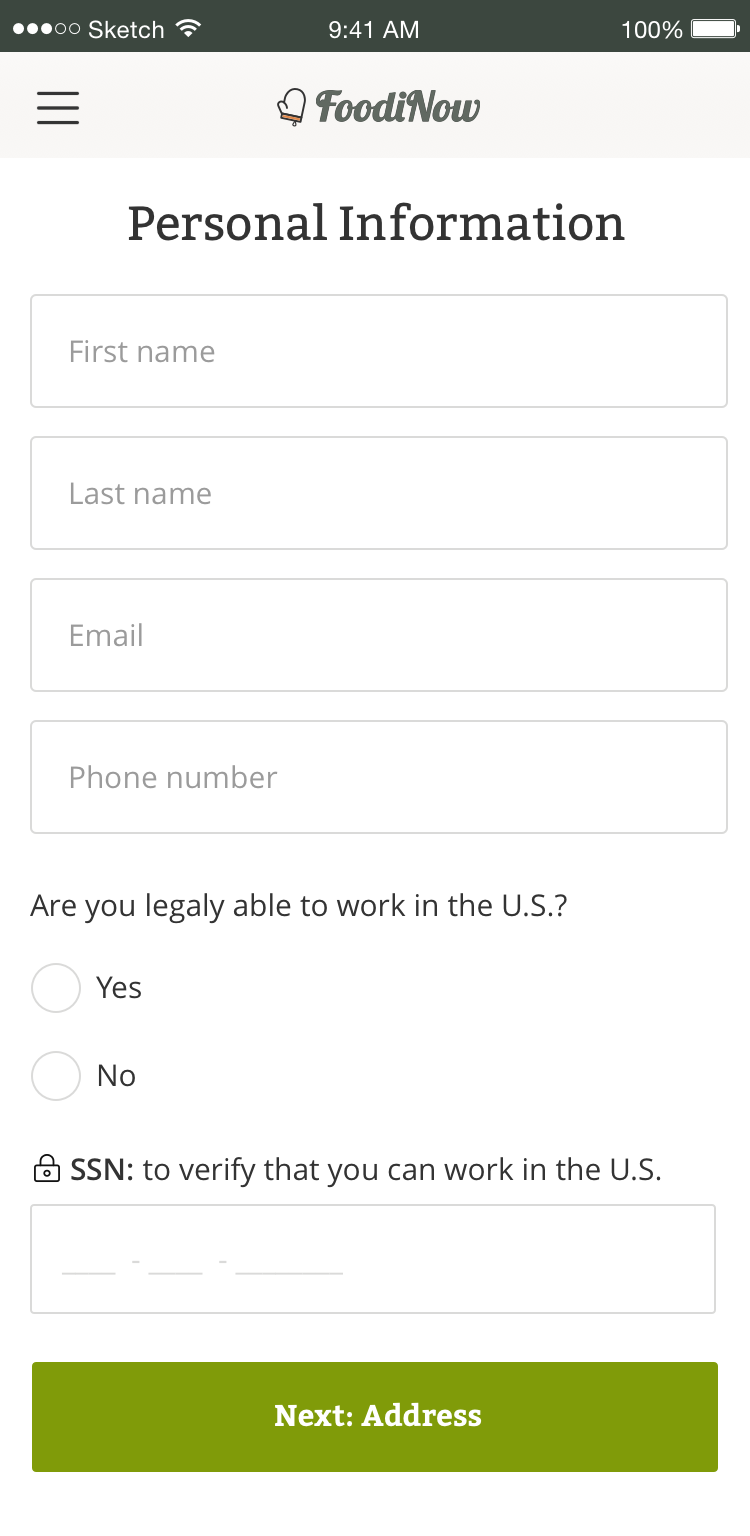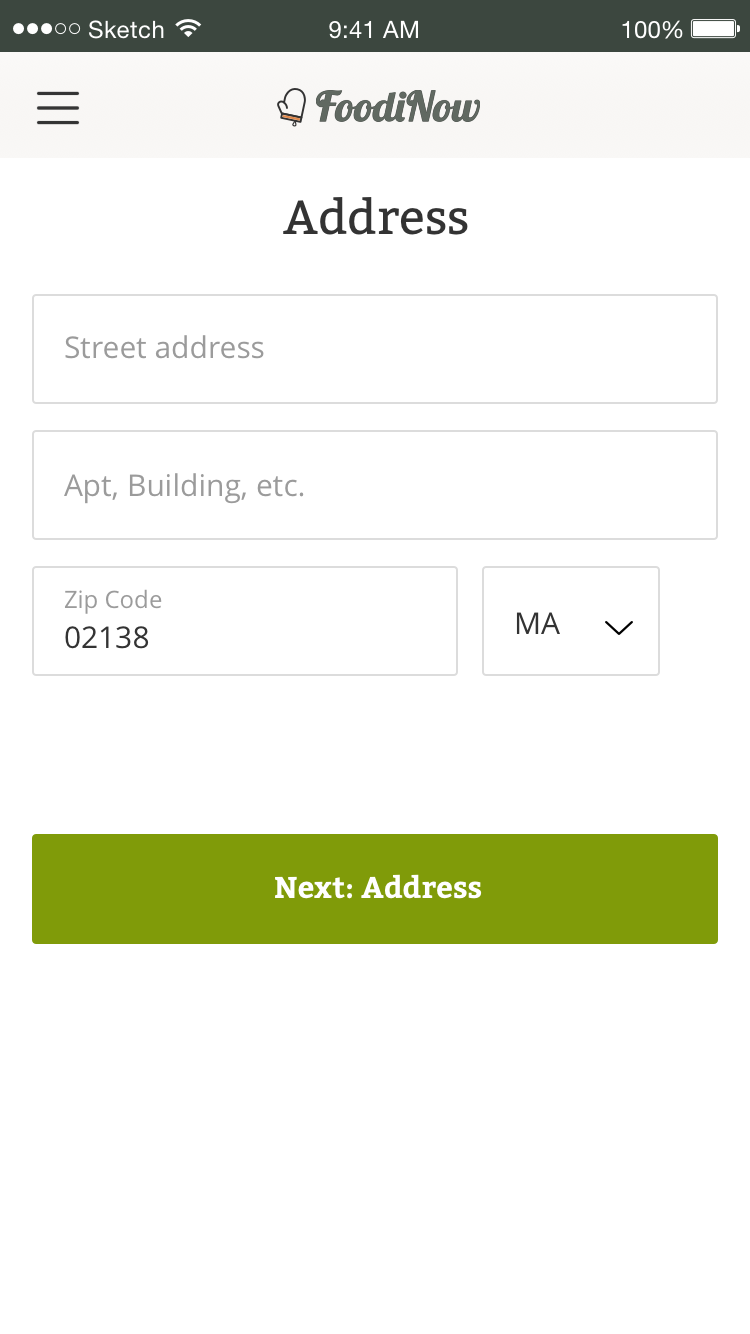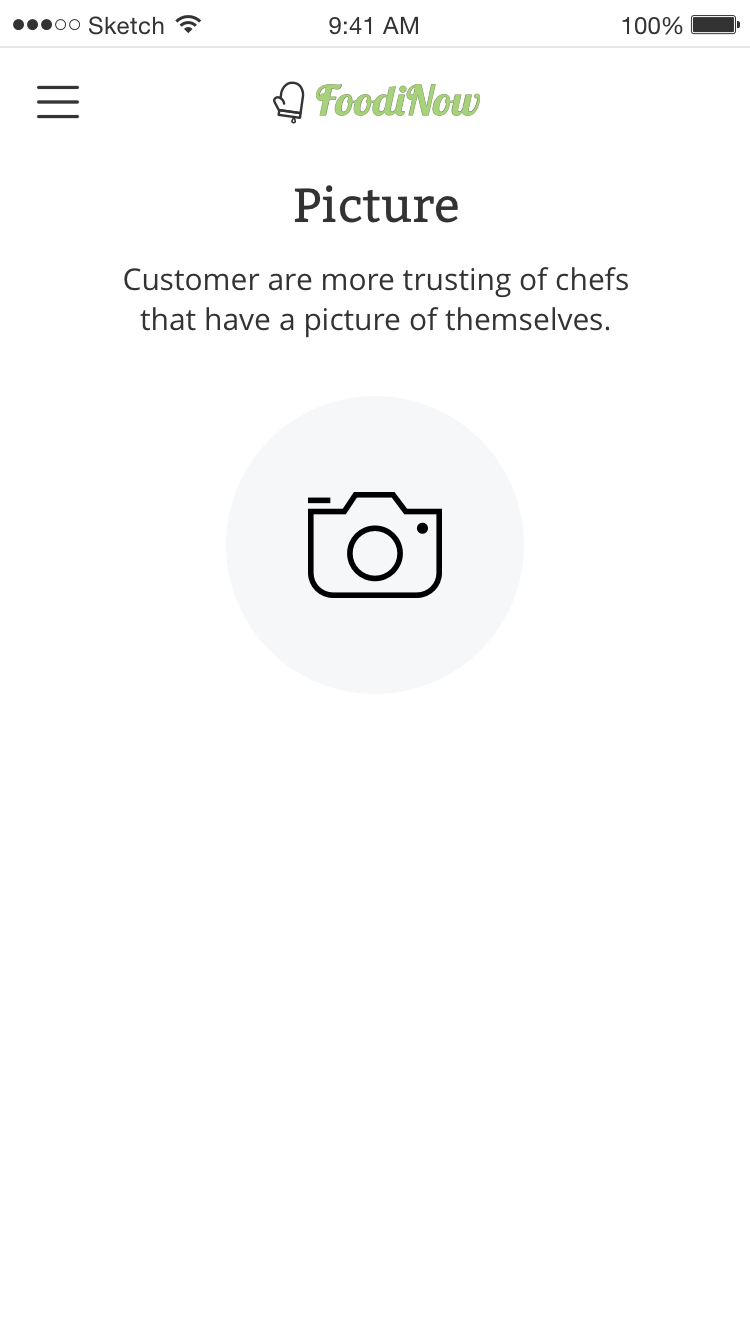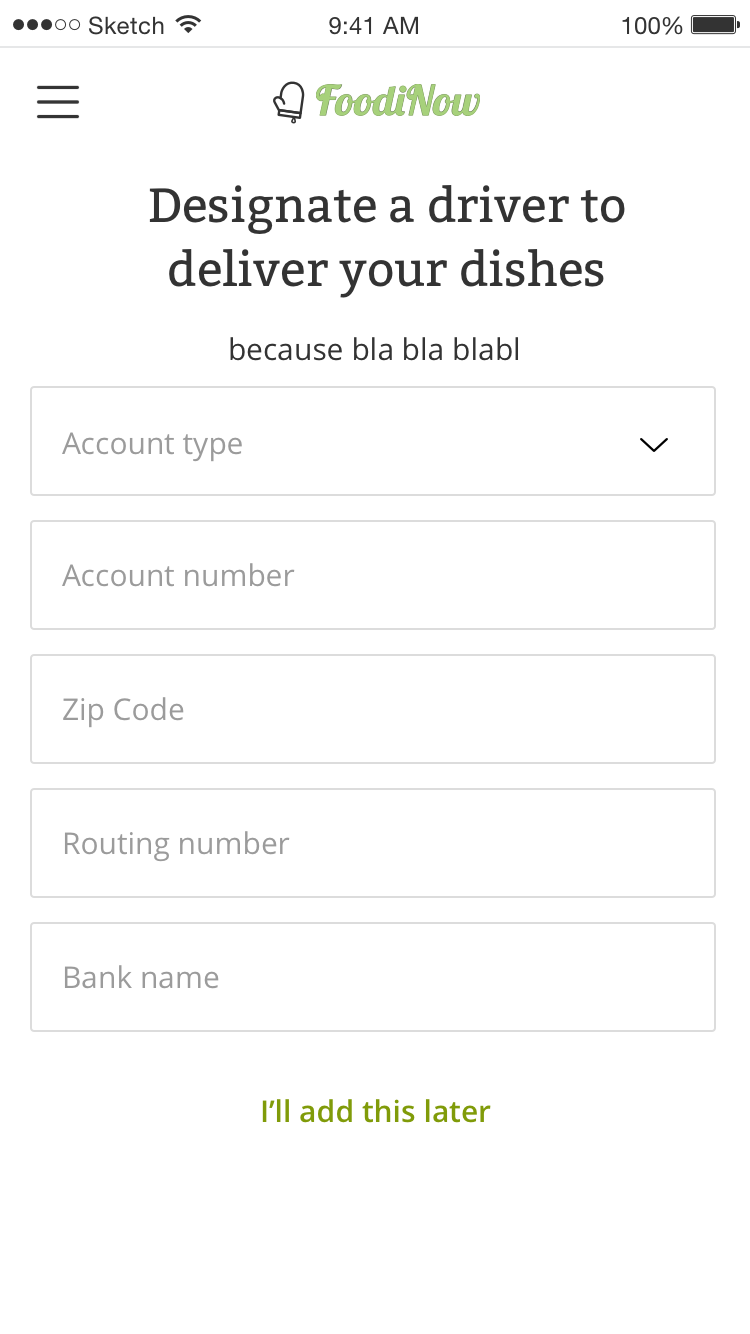FoodiNow
FoodiNow was a startup that I helped found aimed at making online food service delivery available to home-based cooks and chefs. At the time, laws were changing in several states to allow for home-based food service delivery under certain regulations, and FoodiNow was designed as a platform to help these new businesses through regulatory assistance, order facilitation, and management tools. I was brought into the company early on to help orient their product strategy, and define the conceptual direction of their products as their head of experience. The overall team consisted of four people, including me, our CEO, a head of operations, and a lead designer who worked with me on the go-to-market product experience.
What were we solving for
When I first joined FoodiNow many states and municipalities were in the process of reviewing new laws, largely based on those enacted for food trucks, that would allow for the sale, preparation, and delivery of meals from a residential site. Our CEO, an executive from a restaurant holding company, wanted to develop a new business that was at the forefront of this shift; Something that could, not only help establish and grow this new type of marketplace, but also serve as the de-facto platform on which the market would run. Home food delivery is a staple service in many parts of Asia, and a fairly substantial business in the areas they were allowed to operate. Our goal was to introduce it into the US in a way that was simpler, safer, and less bifurcated… essentially Uber for home restaurants.
While the team had a fairly solid business and operations plan in place around how everything would work, and get to profitability, they struggled at turning that plan into a product offering that both investors and potential customers were finding compelling. The team had a revenue share agreement set up with a small technology company in the logistics space to provide development, and an initial diner application in all the major app stores, but the experience was mostly a capability showcase rather than a positioned product. This was pointed to as a common weak link as the idea was shopped around. My job, as head of experience, was to develop the plan, and the existing technologies, into a unique, defensible set of offerings that could grow with the market over time.
Goals
Capture the burgeoning home chef market by providing a timely, best-to-market offering.
Develop a defensible product positioning that would appeal to a broad swath of chefs and diners.
Launch the initial chef and diner experience with test groups in selected states.
Establish a base of existing home chefs in our selected test markets.
Learn and get better.
The work
Discovery
The main thrust of the early discovery process was focused largely on gaining an understanding of the current market, its customers (current and potential), and the broad and varied landscape of potential competitors in this space. The general goal was to come up with a product positioning that was true to the needs and realities of our customers, viable in terms of business opportunity and growth, and defensible enough to carry it forward and sustain it longer term. To do this the team relied on a mix of methodologies. To understand market mix, general demography, attitudes, and spending I built multiple models using the Prism, P$ycle, and Esri geo-segmentation systems, all aligned to legislation-friendly zip-codes in Utah and Rhode Island, and Massachusetts. The quantitative insights we gathered were buttressed with multiple qualitative interviews, first with small groups of home chefs and their customers, and expanding outward as new customer segments were discovered and our network grew. As this was happening, the team worked to compile the insights we gathered into two sets of personas (chef and diner) and a set of positioning statements that the team vetted and refined through feedback and concept value testing.
Concepting
With the general direction around establishing a base leveraging existing home cooks and then extending from their current customer base into the adjacent food tourism scene, the team needed to define a service model and creative approach that was sustainable, extensible, and spoke to the different types of personas that we were eventually aiming to capture. To ensure sustainability for the home chefs, and minimize uncertainty for the broader scope of diners we were aiming to extend towards, the team shifted direction to prioritize prix-fixe menus and drop in scheduling. Creatively, the overall visual tone and content approach prioritized authenticity, home-grown expertise, and the stories that made each meal special.
Execution
Concept execution and detailed design were done largely in reaction to each other, with the main diner experience working through detailed design as the concept evolved. This allowed the team to move more quickly, field test major ideas, and establish an app store presence for the first couple of test kitchens that we were planning on bringing online prior to launch. While this occurred, work had also begun on the chef side of the platform. This was a more complex area of the overall experience, as it covered things like menu creation, CMS functionality, order management, onboarding, and other legal requirements like home inspection, taxes, and permitting.
Consumer experience and chef signup

Outcome
The team managed to get as far as launch the diner experience and run trials with 20 test kitchens when our development partner was acquired by another logistics company based out of India. The team was given the opportunity to be included in the acquisition, but after initial talks the new owners agreed to terminate the revenue share agreement and allowed us to part ways. The property, and the assets are still under ownership of FoodiNow, but the project itself is currently on an indefinite hold, pending additional investment.

